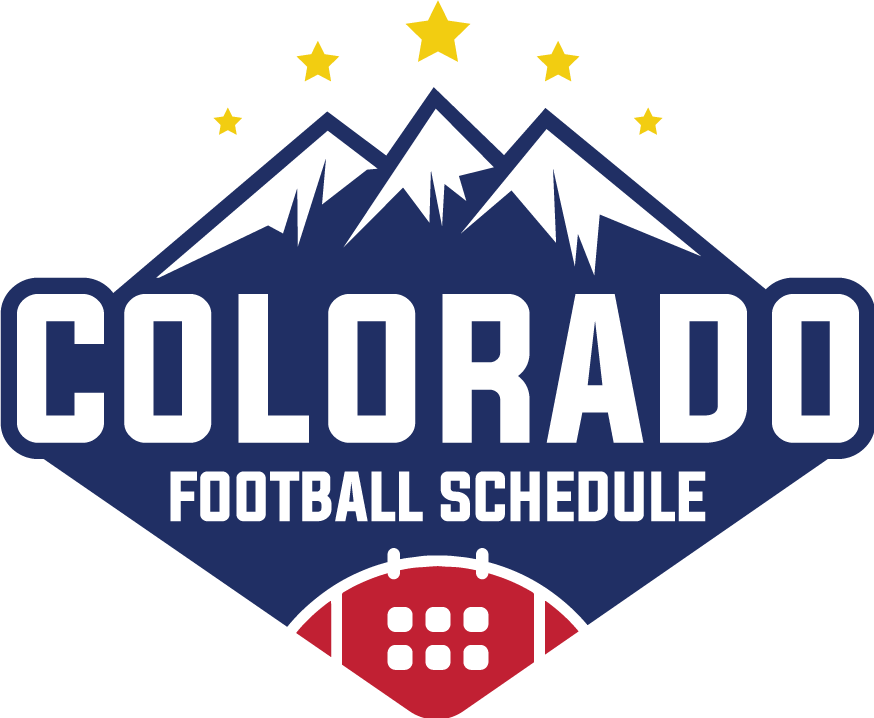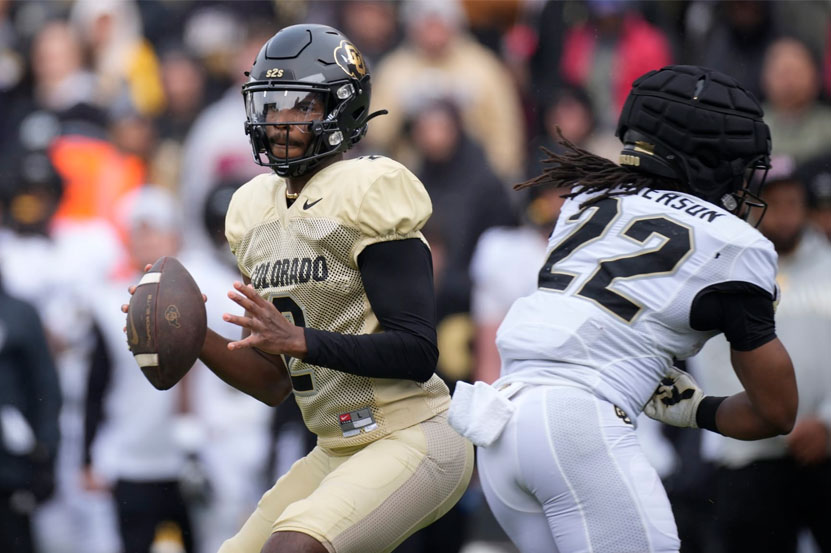American football is often compared to a life‑size chess match, and the pieces on the board are the players themselves. Each position has a clearly defined starting point, yet every role is woven into a larger plan that rewards timing, trust, and split‑second reactions. Whether you’re new to the sport or looking to deepen your appreciation, understanding what each player does—and why—unlocks an entirely new layer of enjoyment on game day. Below is a friendly, jargon‑free tour of every primary position on offense, defense, and special teams, plus a look at how these roles adapt in modern formations.
The Offense: Moving the Ball
Quarterback (QB)
The quarterback is the on‑field director. Before the snap, this player studies the defensive setup, calls out last‑second adjustments, and signals the snap count. Once the play begins, the quarterback can hand the ball to a runner, throw it forward to a receiver, or tuck it and run. Because the ball starts in the quarterback’s hands every play, poise, quick decision‑making, accuracy, and leadership are prized traits.
Running Back (RB)
Running backs come in two main flavors:
- Halfback/Tailback – Typically the primary ball carrier, the halfback lines up behind or next to the quarterback. Their job is to dart through openings, bounce outside the blocking wall, catch short passes, and occasionally help block blitzing defenders.
- Fullback – Heavier and sturdier, a fullback lines up closer to the line of scrimmage. While capable of carrying or catching the ball, the fullback’s specialty is lead‑blocking—charging into would‑be tacklers to create lanes for the halfback or quarterback.
Wide Receiver (WR)
Wide receivers stretch the defense both horizontally and vertically. Split wide near the sideline or stacked in bunch sets, they sprint, cut, and fake out defenders to catch forward passes. Teams often label them X, Z, and slot receivers, but the basic mission remains: gain separation, haul in the pass, and turn on the jets.
Tight End (TE)
Part lineman, part receiver, tight ends add versatility. They line up next to a tackle, giving the offense an extra blocker on power runs. Yet on passing plays they release into routes, using size to shield defenders and safe hands to snag short‑to‑intermediate throws. Modern tight ends must block like guards and run crisp routes like big receivers—an athletic juggling act.
Offensive Line (OL)
The unsung wall of five teammates up front:
- Center (C) – Snaps the ball to the quarterback and calls out protection schemes.
- Guards (LG/RG) – Flank the center. They pull across the formation on certain runs and anchor against inside pass rushers.
- Tackles (LT/RT) – Protect the edges, especially the quarterback’s blind side. Their footwork must keep speedy defenders from crashing in.
Cohesion here is critical; one missed block can crash an entire play.
The Defense: Preventing Progress
Defensive Line (DL)
Lined up nose‑to‑nose with the offense:
- Defensive Tackle (DT) – Thick, powerful players who plug interior gaps and collapse the pocket from the middle.
- Nose Tackle – In some schemes, a lone behemoth parks directly in front of the center to soak up multiple blockers.
- Defensive End (DE) – Positioned outside the tackles. Ends set the edge on runs and sprint around blockers to chase quarterbacks.
Linebacker (LB)
Linebackers operate a few yards behind the defensive line, balancing run support and pass coverage.
- Middle Linebacker (MLB) – Often called the “defensive quarterback.” Reads formations, calls signals, and shoots gaps to stop runners.
- Outside Linebackers (OLB) – Cover tight ends, blitz off the edge, or drop into short zones, depending on the call.
- Edge/Hybrid Rusher – In modern football, some outside backers line up like a stand‑up end, specializing in rushing the passer.
Cornerback (CB)
Island specialists, corners line up across from wide receivers. Agile footwork, fluid hips, and top‑end speed let them shadow opponents, swat passes, or snag interceptions. Some corners excel in tight press coverage; others play slightly off to read the quarterback’s eyes.
Safety (S)
Safeties are the last safeguard.
- Free Safety (FS) – Patrols the deepest part of the field, reading the play and drifting to the ball.
- Strong Safety (SS) – Closer to the line, this safety helps in run support and covers tight ends.
Special Teams: Hidden Game‑Changers
Kicker (K)
Responsible for field goals, extra points, and most kickoffs. Consistency under pressure is the hallmark, as a single swing of the leg can decide the outcome.
Punter (P)
When the offense stalls, the punter flips field position by dropping the ball onto their foot and launching a high, driving kick.
Holder
Usually a backup quarterback or punter, the holder receives the snap on field‑goal attempts, sets the ball laces‑out, and steadies it for the kicker.
Long Snapper
This specialist delivers precision snaps up to 15 yards for punts and 7‑8 yards for place‑kicks. A wobble or errant snap can spell disaster, so reliability is paramount.
Return Specialists
- Kick Returner – Fields kickoffs and sprints upfield, searching for seams.
- Punt Returner – Catches high, spinning punts, often with defenders mere yards away, then darts through traffic.
Coverage Units
Roles such as gunners, jammers, up‑backs, and personal protectors fill out kick and punt cover teams. These players sprint the length of the field, pin returners, and form protective wedges.
Situational and Hybrid Roles
Modern coaching minds experiment constantly, blurring lines between positions:
- Slot Receiver – A quick target inside the formation who feasts on mismatches.
- H‑Back – A tight‑end fullback blend who shifts pre‑snap, blocking or slipping into the flats for passes.
- Nickel/ Dime Defensive Backs – Fifth and sixth defensive backs added on obvious passing downs; they guard extra receivers or blitz off the edge.
- Edge Defender – Neither pure end nor linebacker, this athlete attacks from multiple angles to rattle quarterbacks.
- Dual‑Threat Quarterback – Combines passing polish with running‑back speed, forcing defenses to hesitate.
The evolution never rests; positions adapt to fresh strategies, athletic trends, and rule tweaks.
How Formations Shape Responsibilities
Offensive Formations
A traditional I‑formation features a fullback and halfback lined straight behind the quarterback, perfect for power runs. A spread offense deploys three to five receivers, stretching the defense and leaving running lanes for draws and screens. Motion—a player shifting laterally before the snap—reveals defensive intentions and sparks confusion.
Defensive Fronts
A 4‑3 defense uses four linemen and three linebackers, balancing edge speed and interior strength. A 3‑4 defense opts for three down linemen and four linebackers, inviting creative blitz packages. Nickel and dime looks replace linebackers with extra defensive backs when offenses load up on receivers.
Special Teams Alignments
Kickoffs now feature staggered, running‑start‑free formations to improve safety. On punts, spread or shield alignments place multiple protectors in front of the punter, creating a pocket against rushers.
Communication and Adjustments
Because no play unfolds exactly as drawn, communication is vital. Quarterbacks bark coded words that adjust blocking, flip the direction of the run, or change the play entirely. Linebackers shift the defense with hand signals or shouted numbers. Safeties point out alignment clues, and offensive linemen tap hips or tilt helmets to signal slides. Each position learns not just its tasks but how to relay information swiftly.
Physical and Mental Skill Sets
- Strength and Leverage: Linemen battle in tight quarters, so raw power blended with proper body angles wins the day.
- Speed and Acceleration: Receivers, corners, and returners rely on burst to separate or close in an instant.
- Agility and Balance: Running backs and linebackers snake through traffic while staying upright.
- Vision and Anticipation: Quarterbacks read coverages; safeties diagnose route combinations; kick returners predict pursuit angles.
- Resilience: Special‑teamers absorb high‑speed collisions. Interior linemen bump helmets dozens of times a game.
- Study Habits: Film sessions turn raw athleticism into smart play, helping every position notice tendencies and tells.
The Symbiotic Dance
Success rarely hinges on one position. A quarterback trusts an unseen pocket formed by linemen while receivers race into open grass. A linebacker shoots a gap expecting a defensive tackle to swallow blockers. On fourth‑and‑goal, the kicker’s calm foot relies on a perfect snap and hold sequence. Each role thrives only when its counterparts execute theirs, forming a symbiotic dance of strategy and timing.
Pathways to a Position
Young players often rotate through several spots before coaches identify natural fits based on body type and instinct. A tall youth who catches everything may grow into a tight end; a nimble defender with quick hands might convert to cornerback. College schemes further hone specialties, while professional playbooks demand constant improvement and adaptability.
Conclusion
American football’s positions span a rich spectrum—from the cerebral command of quarterbacks to the explosive power of defensive linemen and the high‑pressure precision of special‑teamers. By grasping the purpose, skills, and cooperative nature of each role, fans can watch the sport with fresh eyes and deeper enjoyment. The next time you tune in, track a single position for a drive. Notice how that player’s choices influence the entire field. In short order, you’ll discover that football is less about isolated stars and more about a carefully choreographed cast, where every assignment, no matter how small, moves the story forward.


Leave a Reply